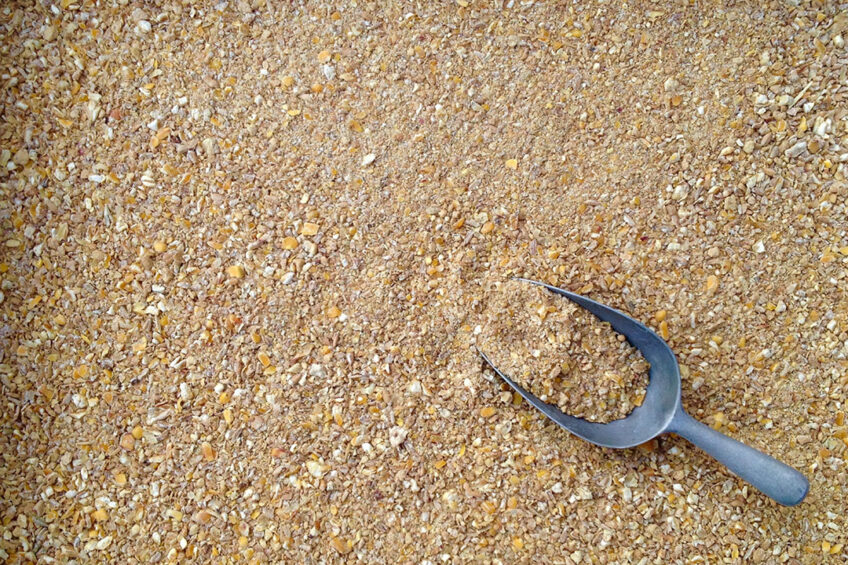Gas sterilisation of feed proposed as alternative to heat treatment

A group of scientists from Siberia claimed it had developed a cost-effective technology for the sterilisation of feed with a gas mixture.
Long-term feed storage bears the risk of bacterial contamination and the emergence of moulds, producing mycotoxins, the scientists have said. “These substances threaten the health of animals and birds, as feed spoils, also losing its nutritional value,” the researchers have warned.
Mycotoxins in feed are a persistent problem for the animal feed sector, as contaminated feed consumption is linked with digestive disorders, inhibited metabolism and impaired immunity. As a result, the herd’s productivity is hurt.
High costs of heat treatment
To prevent this from happening, heat treatment is often used. In Russia, the existing technical regulations prescribed to perform it for at least half an hour at a temperature of around 70C. The scientist assumed that heat treatment could also harm the nutritional value, as some vitamins and enzymes are destroyed at high temperatures.
However, the relatively high cost of heat treatment is believed to be the key problem. Some farmers opt not to perform it at all, seeking cost reduction.
A pilot already in progress
The scientists claimed they built a pilot installation for treating feed with a special gas composition.
“The cost of this unit, depending on the volume and tasks, will range between 200,000 ($2,100) and 400,000 ($4,200) roubles,” the researchers said.
The unit is expected to run in experimental mode for the next 6 months, after which the scientist hopes to put the technology into industrial use.
Sergey Leonov, one of the authors of the study, emphasised that the technology is absolutely safe for animals and end users, and its use will help farmers mitigate costs and direct the available funds to business development.
Ethylene oxide is a likely choice
There is no information on the type of gas planned to be used. The only hint the scientists provided is that a similar approach can be found in other industries.
Gas sterilisation is widely used in the Russian healthcare system, where almost always it is performed with ethylene oxide. The prepared gas mixture is launched into a special chamber, disinfecting medical tools under low temperature and pressure for a few hours. The technology is believed to kill all pathogenic microorganisms and, indeed, is associated with low costs. During the process, ethylene oxide is not wasted and can be used over and over again.
However, there is no information a similar approach has ever been tried in the feed industry.











